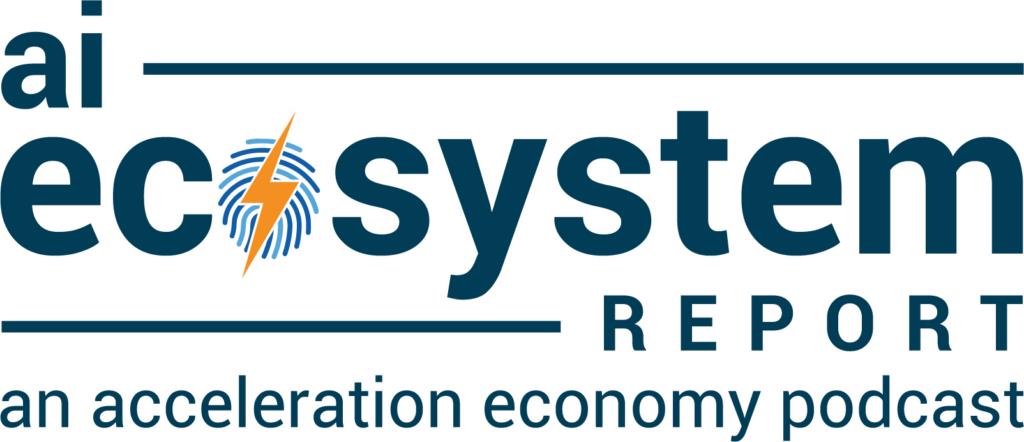Welcome to the AI Index Report, featuring practitioner analyst and entrepreneur Toni Witt. This series is intended to deliver the timely intelligence about artificial intelligence (AI) you need to get up to speed for an upcoming client engagement or board meeting.
Highlights
Innovation (00:27)

Cloud security company Zscaler recently announced a set of new tools for IT and security teams that enables more secure use of generative AI. While AI powers some of the tools, they are all designed to help enterprise customers take advantage of other AI technologies more safely. The tools include:
- AI Total, a risk-scoring system for AI tools. It helps users gauge the risk of new tools being released as it considers factors such as risk profiles and privacy policies.
- API Access Control helps companies monitor API usage across the org chart, providing flexibility in determining which individuals or teams use which AI systems. This helps prevent data loss and leakage across different levels of the organization.
- Security Autopilot, an AI system that looks at logs and internal data sources to recommend policies and perform impact analysis. This is being piloted by Threat Labs, which is Zscaler’s advanced threat research and incident response team.
- Zscaler Navigator, a natural language processing interface to help customers navigate and understand Zscaler products.
Zscalers has 15 years of expertise in developing and operating large cloud security platforms and managing the data that comes with these platforms.
Funding and M&A (03:41)

The startup Protect AI was founded in 2022, aiming to derisk AI for financial services, healthcare, life sciences, and energy. It recently raised $35 million to build a suite of AI-defending tools.
- This funding is part of a Series A round led by Evolution Equity Partners with participation from Salesforce Ventures and more.
- With this addition, the total funding of Protect AI is now at $50 million.
- Co-founder and CEO Ian Swanson said the funds will be used towards R&D, expanding the team, and releasing open-source projects.
The company’s first tool is called AI Radar. It evaluates the different pieces that are needed to successfully implement AI, from training data to testing data to the actual code. From those pieces, it creates a machine learning bill of materials (MLBOM). Then, it evaluates the MLBOM to identify potential security threats across that pipeline.
Product of the Week (05:57)
In computer and video games, there are computer-generated characters called NPCs (non-player characters). For the most part, NPCs are pre-programmed with hard code to have specific conversational paths or perform specific actions. Of course, game developers have resource limitations and can’t write an excessive amount of code or record millions of versions of one dialogue.
Generative AI is unlocking the ability to create almost infinite paths, such as a variety of dialogue versions, in real-time. Gamers can even speak into a microphone and the NPC can reply, leading to a major paradigm shift in how games are actually experienced.

Founded in 2021, Inworld is building a platform for AGI-esque NPCs to be added to games, including existing games. The company has raised over $100 million, with a $500 million valuation. Inworld has gained investments from Disney’s Accelerator Program and worked with a branch from Lucasfilms. Its investors include Samsung and Microsoft.
Inworld plans to launch an open-source version of its character creation tool called Character Engine in the next few months. This will enable people to build smart NPCs and easily add them to existing games.










